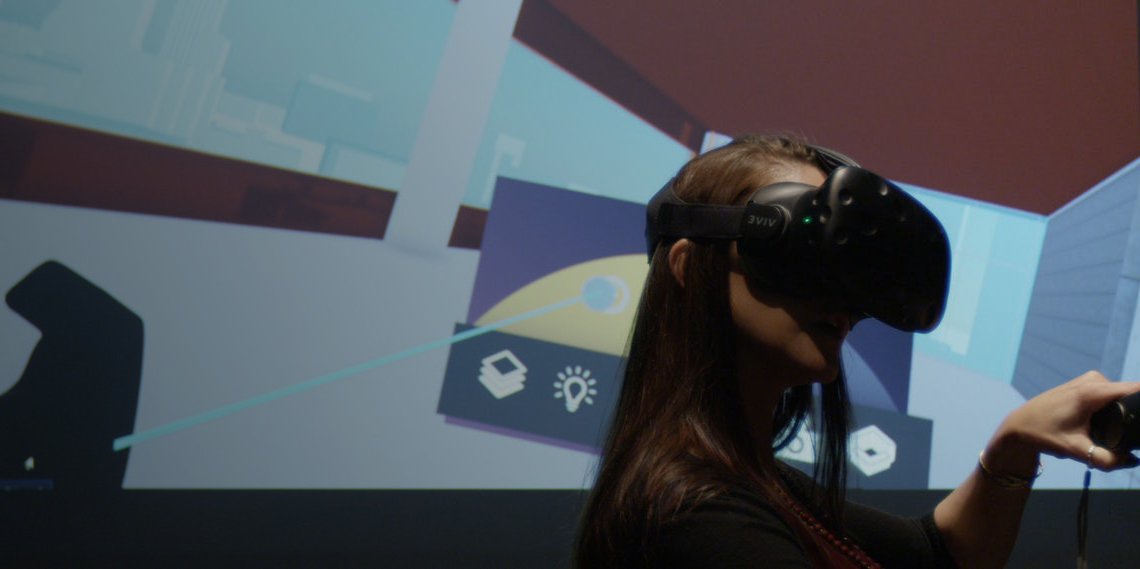This feature has been created in collaboration with URBANNEXT, a multi-platform aimed at developing, disseminating and distributing content centered on architecture through a focus on the contemporary human milieu and its challenges. Architizer features a weekly discussion from urbanNext’s journals to support its investigation of urban conditions and innovations facing the architectural profession today.
“Moving through Lagos is really challenging your notion of what a city can be and, especially, what a big city can be,” says Fabienne Hoelzel in an interview with urbanNext. The founding principal of Zürich-based urban design and planning practice Fabulous Urban has been working on several regeneration schemes in the slum of Makoko in the city of Lagos since 2013.
The particular urban fabric of Lagos has been a subject of fascination for many architects and urban planners over the past decade or so. The subject of Rem Koolhaas’s interactive documentary “Lagos: Wide and Close” and the home of Kunlé Adeyemi’s Silver Lion–winning Makoko Floating School, Lagos is a city experiencing rapid expansion, an explosion in scale that has often outpaced the introduction of necessary planning and infrastructure to provide a basic standard of living for its inhabitants.

© NLÉ Works
“Lagos feels in many places still like a village. You have very narrow streets, very low-density housing. It’s partly still very green, but it’s huge,” says Hoelzel of the city, which feels at once rural and yet urban. “Here in Europe … we tend to think that the society of the city is different from the one from the rural region. And in Africa, this is much more blurred.”

Fabulous Urban, which has extensive experience working with slum communities in South America, was invited to develop a series of urban planning and design strategies in the lagoon slum of Makoko after a string of forced evictions in 2012, with the goal of preventing further upheaval of this kind. “Dealing … with the favelas or slums is one of the most extreme conditions of dealing with the built environment,” says Hoelzel. Instead of projecting urban visions for yet-untouched lands, such as in Brasilia or Abuja, in a slum community, “you really have to deal with what is there because the people have constructed the houses themselves.”

Fabulous Urban’s approach to upgrading slum communities can be described as ‘urban acupuncture,’ where the objective is not to demolish and rebuild the slum community, but to work with its existing structure to provide tactical and meaningful upgrades. “There is chaos, but this chaos has structure; there are rules,” remarks Hoelzel of the careful organization of slums. “If you look at many slums in the world, it seems chaotic, but people have developed strategies for how they survive.”
Working with nongovernmental organizations the Social and Economic Rights Action Center (SERAC) and the Heinrch Böll Foundation, Fabulous Urban has presented a plan to increase the livability index of Makoko to the Lagos State Government and created the Makoko Neighborhood Hotspot with plans to implement biogas-powered toilets and a reactor as well as a mini solar plant. In addition, the firm is currently conducting research into the urban development processes currently in place to better understand how more equitable processes can be integrated into governmental administrative initiatives.

“I like to see the design as something to make problems productive, which I think is beautiful,” says Hoelzel. She is of the mind that architects and planners need to take action in order to fulfill their roles and responsibilities, as opposed to working from commission to commission. “As an architect, at some point you have to say OK, I have to do something now because otherwise this is not my profession. I’m not there to write, I’m not there to talk; I’m there to do something … I think what needs to be different is that you go beyond your role as a conventional architect.”
Words by Joanna Kloppenburg
See more video interviews concerning working in slum communities on the urbanNext website.
In collaboration with:










